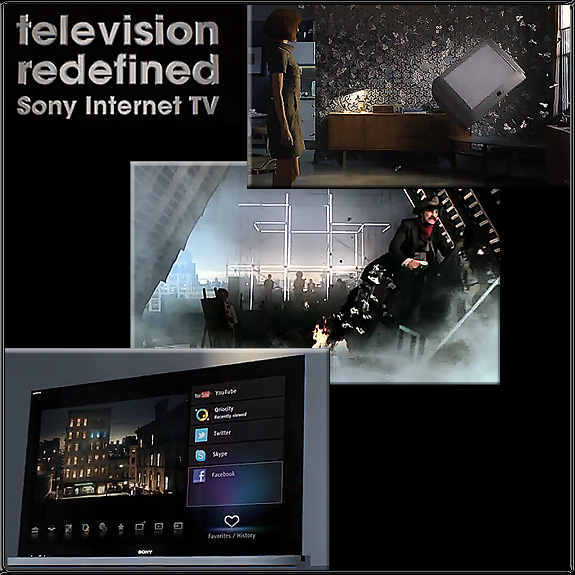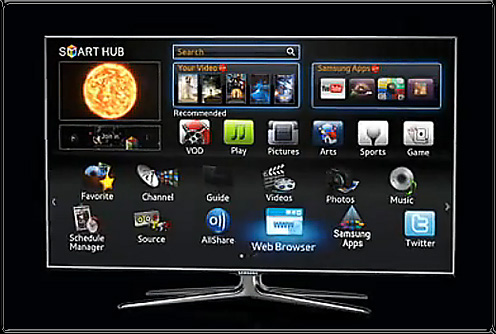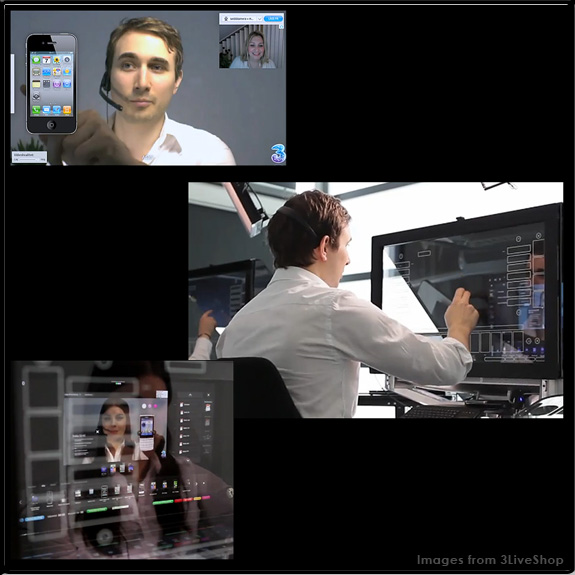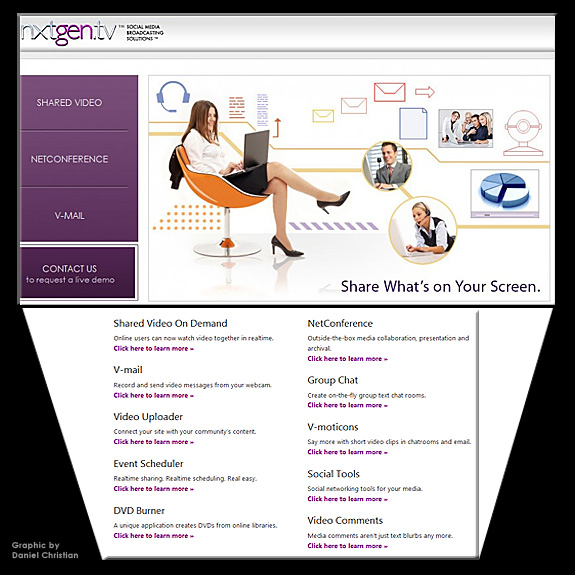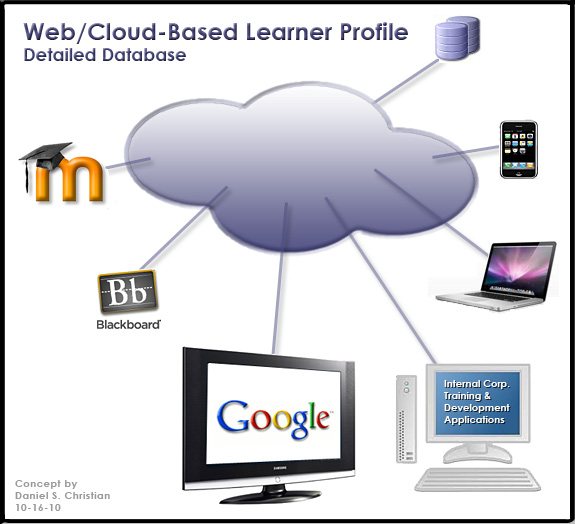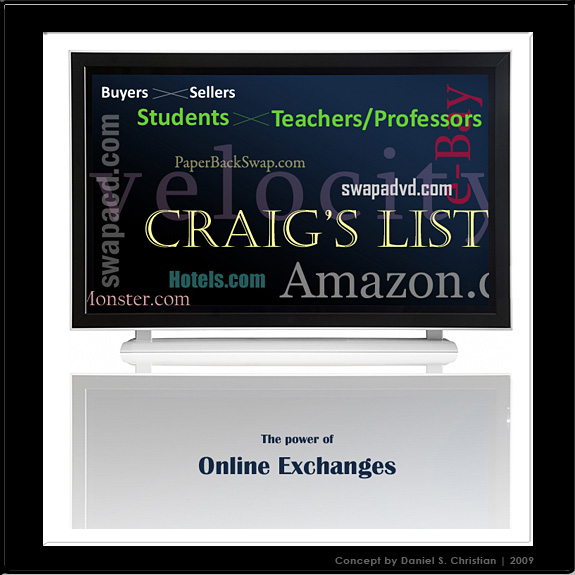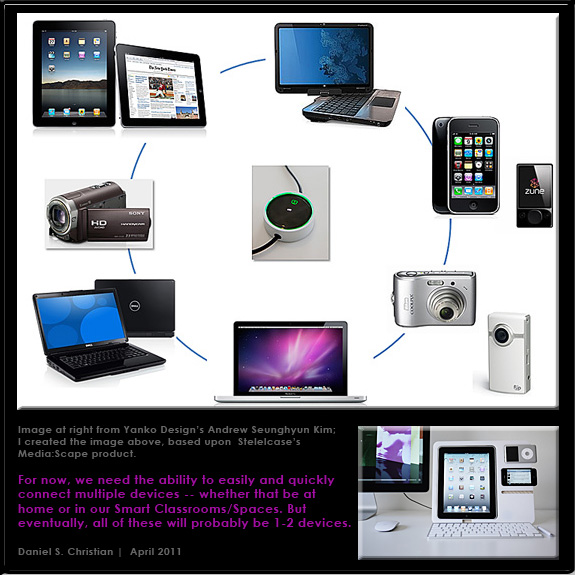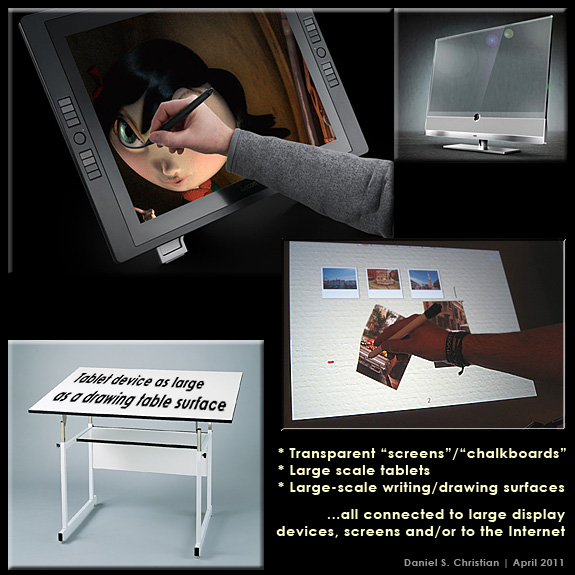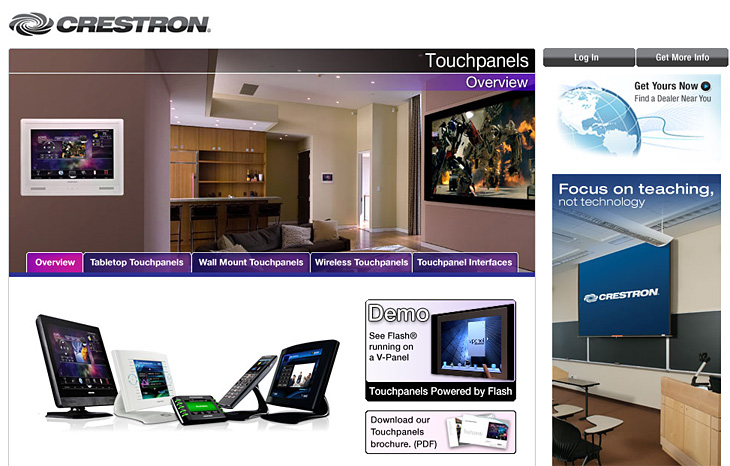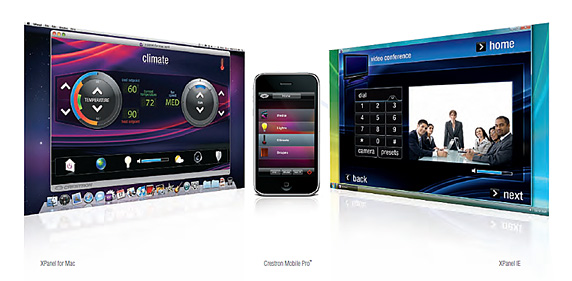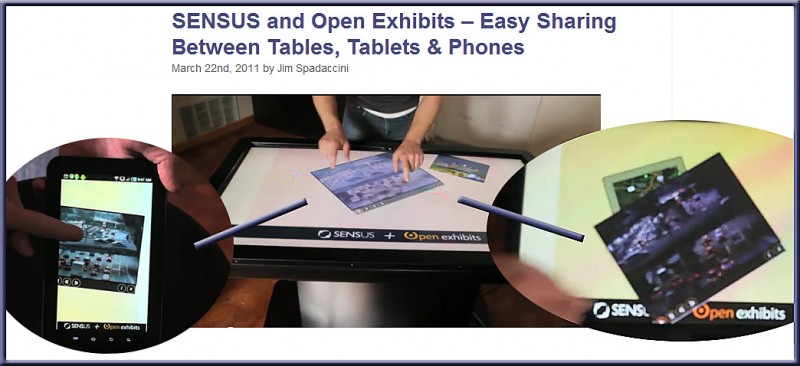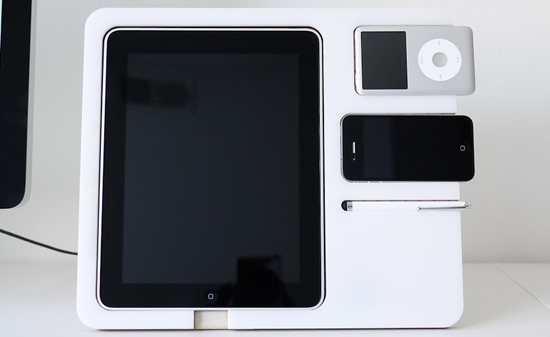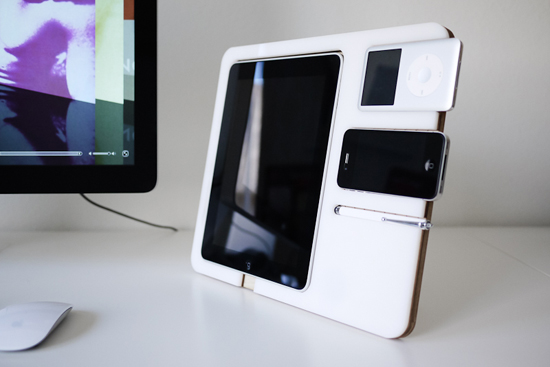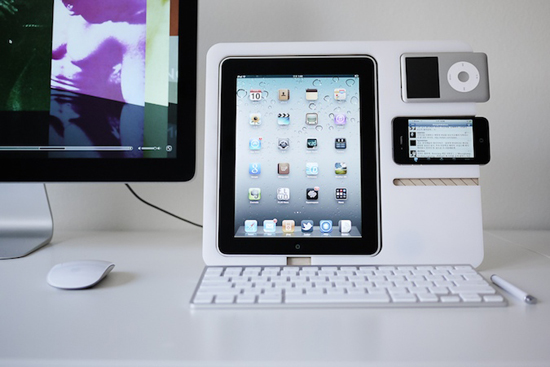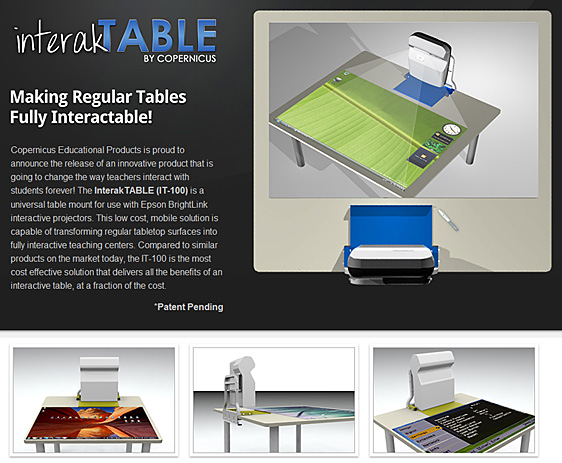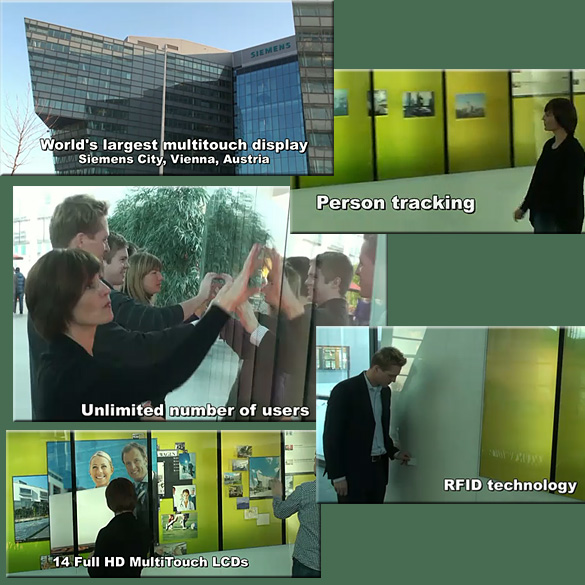Furniture to enhance learning spaces — from Gareth Long [UK]
.

.
Also see the following information from http://www.thethirdteacher.com/resources/resources:
Many, many people have helped us coalesce the ideas that have informed The Third Teacher project. We want to acknowledge as many of them as we can.
General education Information:
www.nces.ed.gov
The National Center for Education Statistics is the primary federal entity for collecting and analyzing data related to education.
www.good.is/post/good-sheet-reform-school/
GOOD Sheet No. 005: Reform School. This is one of Good Magazine’s “fact sheets,” focusing on education design.
www.greatschoolsbydesign.com
This site is a national initiative of the American Architectural Foundation to improve the quality of America’s schools and the communities they serve by promoting collaboration, excellence, and innovation in school design.
www.cefpi.org
The Council of Educational Facility Planners International’s mission is to improve places where children learn.
archrecord.construction.com/projects/bts/archives/K-12
This site highlights examples and case studies of excellent K-12 school design collected by Architectural Record magazine.
www.bcse.uk.net
The British Council for School Environments is a membership organization made up of schools, local authorities, construction companies, architects, and all those involved in designing excellent learning environments. It acts as a forum for exchange, dialogue and advocacy.
www.edfacilities.org
Created by the U.S. Department of Education, the National Clearinghouse for Educational Facilities (NCEF) provides information on planning, designing, funding, building, improving, and maintaining safe, healthy, high performance schools.
schoolstudio.engr.wisc.edu
The School Design Research Studio at the University of Wisconsin-Madison seeks to advance the knowledge of effective physical environments for learning by promoting collaborative design and cooperative research.
www.cabe.org.uk
The Commission for Architecture and the Built Environment is the government’s advisor on architecture, urban design and public space, providing guidance to architects, planners, designers, developers and clients.
www.oecd.org/edu/facilities
The OECD Programme on Educational Building (PEB) promotes the exchange and analysis of policy, research and experience in all matters related to educational building.
www.designshare.com
This site is a facilitator of ideas and resources about best practices and innovation in schools from early childhood through the university level.
www.school-works.org
This British schools design initiative offers an evolving resource of case studies of progressive practices, touching on all aspects of school design, as well as listings of literature, seminars and conferences.
www.montag-stiftungen.com/kooperationsprojekte.html (in German)
This German foundation supports pedagogical architecture.
www.archiv-der-zukunft.de/ (in German)
This is a German NGO of reform oriented educators.
www.curriki.org
Curriki is an online environment created to support the development and free distribution of world-class educational materials to anyone who needs them.
www.openarchitecturenetwork.org
The Open Architecture Network is an online, open source community dedicated to improving living conditions through innovative and sustainable design.
www.blog.garethl.com
Gareth Long, a freelance education consultant with major experience in the UK and Cayman Islands, writes a blog that tracks his life, thoughts and work.
www.heppell.net
Stephen Heppell is a technology guru and professor who continues to be influential in government ICT policymaking on a global scale. His interactive blog tracks his life and musings in writing, photos, video and new media.
Resources by Chapter:
Basic Needs:
www.epa.gov/iaq/schooldesign
This is a glossary and resource for creating healthy schools.
www.greenguard.org
The Greenguard Certification Program is an industry-independent, third-party testing program for low-emitting products and materials. Contains an online list whose products have met indoor air quality standards.
www.healthyschoolscampaign.org
This site advocates for policies and practices that allow all students, teachers and staff to learn and work in a healthy school environment.
www.quietclassrooms.org
This is an alliance of non-profit organizations working to create better learning environments in schools by reducing noise.
Minds at Work:
www.nifplay.org
The National Institute for Play unlocks the human potential through play in all stages of life using science to discover all that play has to teach us about transforming our world.
www.aep-arts.org
The Arts Education Partnership is a national coalition of arts, education, business, philanthropic and government organizations that demonstrate and promote the essential role of the arts in the learning and development of every child and in the improvement of America’s schools.
Bodies in Motion:
www.iea.cc/ergonomics4children
Ergonomics for Children and Educational Environments provides a forum for the international exchange of scientific and technical ergonomics information related to children and educational environments.
www.ergo.human.cornell.edu
The Cornell University Ergonomics Web presents information from the Department of Design and Environmental Analysis at Cornell University. Contains computer-use guidelines for children of America’s schools.
Community Connections:
www.826national.org
This is a family of seven nonprofit organizations dedicated to helping students, ages 6–18, with expository and creative writing.
www.lisc.org
Committed to helping neighbors build communities, LISC’s national child care program is developing a series of “how-to” guides to assist organizations that are planning to renovate, construct or improve their early childhood facilities, including outdoor playgrounds.
www.kaboom.org
Kaboom rallies communities to achieve better public policy, funding and public awareness for increased play opportunities nationwide; provides resources, and publications for communities that wish to plan a new playspace on their own.
Sustainable Schools:
www.annex36.com
Sponsored by the International Energy Agency, the
objective of Annex 36 is to provide tools and guidelines for energy-efficient retrofitting for decision-makers and designers to improve the learning and teaching environment of educational buildings in countries around the world.
www.buildgreenschools.org
The website of the U.S. Green Building Council assists in the creation of environmentally conscious school buildings by providing facts on the benefits of green schools, project profiles, news, videos, and guidance publications.
www.chps.net
The Collaborative for High Performance Schools facilitates the design, construction and operation of high performance schools?—?environments that are not only energy and resource efficient, but also healthy, comfortable, well lit, and contain the amenities for a quality education.
Realm of the Senses:
www.kidsgardening.org
An initiative of the National Gardening Association, this site provides a wide range of K-12 plant-based educational materials and programs.
Learning for All:
www.beyondaccess.org
This site contains information that guides parents, advocates, communities, play environment designers and equipment manufacturers in their efforts to create inclusive play environments for all children.
www.udeducation.org
This site supports educators and students in their teaching and study of universal design by offering instructional materials, essays on universal design, and a bibliography and links.
www.cast.org
A nonprofit research and development organization, CAST works to expand learning opportunities for all individuals, especially those with disabilities, through Universal Design for Learning.
Rewired Learning:
www.edutopia.org
The George Lucas Educational Foundation’s website and magazine spreads the word about ideal, interactive learning environments and enables others to adapt these successes locally. This site also contains an archive of continually updated best practices.
www.futurelab.org.uk
Futurelab transforms the way people learn through innovative technology and practice, and develops the resources and practices that support new approaches to learning for the 21st century.
www.digitallearning.macfound.org
The MacArthur Foundation launched this initiative to help determine how digital technologies are changing the way young people learn, play, socialize, and participate in civic life. The website shares emerging research, blogs, awards.
www.insight.eun.org
An observatory for Information and Communication Technology in school education, Insight is designed to support decision-makers in education at national, regional or local levels to develop effective strategies for e-learning.
Film/Video
e² design
www.pbs.org/e2/design.html
e² design is an ongoing PBS series about the pioneers and innovators in the field of sustainable architecture, and how their work is producing solutions to pressing environmental and social challenges.
Sowing the Seeds for a More Creative Society
mitworld.mit.edu/video/372
In a video of a lecture in which MIT Media Lab professor, Mitchel Resnick describes how computers and technology should not be used merely to impart information, but to engage kids to design, create and invent. His work explores how new technologies can help people (especially children) learn new things in new ways.
TED: Ideas Worth Spreading
www.ted.com
See Ken Robinson > Sir Ken Robinson makes an entertaining and profoundly moving case for creating an education system that nurtures (rather than undermines) creativity.
See Ann Cooper > Ann Cooper talks about the coming revolution in the way kids eat at school — local, sustainable, seasonal and even educational food.
See David Eggers > Dave Eggers asks the TED community to personally, creatively engage with local public schools. With spellbinding eagerness, he talks about how his 826 Valencia tutoring center inspired the opening of others around the world.











